Scientists from China and Singapore have collaborated on a multimodal large language model (LLM) using artificial intelligence (AI) to assist doctors in primary care for diabetes patients, especially in diagnosis, resulting in better treatment outcomes. This is the first model of its kind in the world and the research has just been published in the journal Nature Medicine.
 |
| The research team is applying AI to diagnose and treat diabetes. (Source: Carnegie Mellon University) |
It is estimated that more than 500 million people worldwide had diabetes in 2021, mostly in low- and middle-income countries, which often face shortages of trained primary care health workers and limited appropriate screening for diabetic retinopathy, one of the complications of diabetes that affects the eye.
Faced with this reality, researchers from Tsinghua University, Shanghai Jiao Tong University, and the National University of Singapore have developed a model similar to the GPT-4 language model from artificial intelligence technology company OpenAI that can provide primary care physicians with guidance on managing medical records during the care and treatment of diabetes patients.
Called DeepDR-LLM, the model integrates both language and image, designed to exploit the superior features of current large language models and deep learning, to provide a comprehensive solution in image diagnosis and making appropriate treatment recommendations.
The team used an open-source LLM with 371,763 actual management recommendations from 267,730 participants. In addition, the scientists used 21 retinal image datasets from seven countries including China, Singapore, India, Thailand, the UK, Algeria, and Uzbekistan.
In a subsequent retrospective study, DeepDR-LLM showed comparable performance to primary care staff when the model was set to English, while the model performed better when it was set to Chinese.
Additionally, evaluating the task of identifying diabetic retinopathy, the average accuracy of primary care physicians when supported by the model increased to more than 92%, higher than the 81% without using the research team's model.
Source: https://baoquocte.vn/benh-nhan-tieu-duong-sap-duoc-nhan-vien-y-te-ai-cham-soc-280474.html


![[Photo] Prime Minister Pham Minh Chinh receives Mr. Jefferey Perlman, CEO of Warburg Pincus Group (USA)](https://vstatic.vietnam.vn/vietnam/resource/IMAGE/2025/4/18/c37781eeb50342f09d8fe6841db2426c)



![[UPDATE] April 30th parade rehearsal on Le Duan street in front of Independence Palace](https://vstatic.vietnam.vn/vietnam/resource/IMAGE/2025/4/18/8f2604c6bc5648d4b918bd6867d08396)





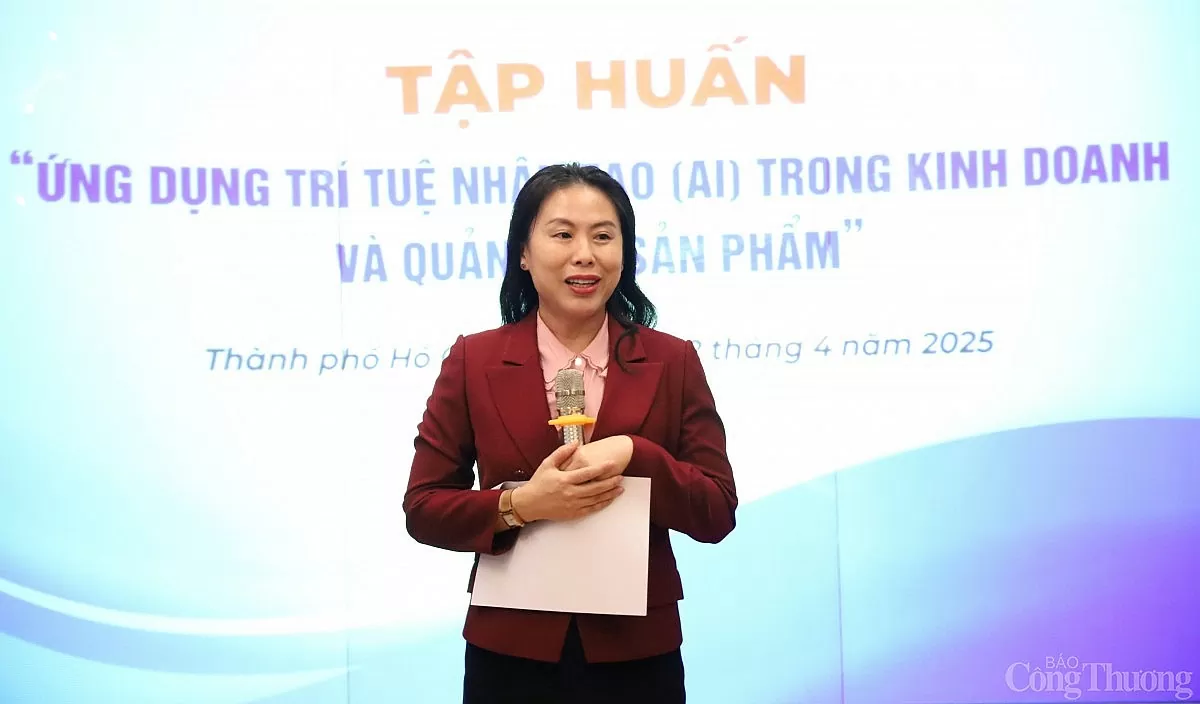




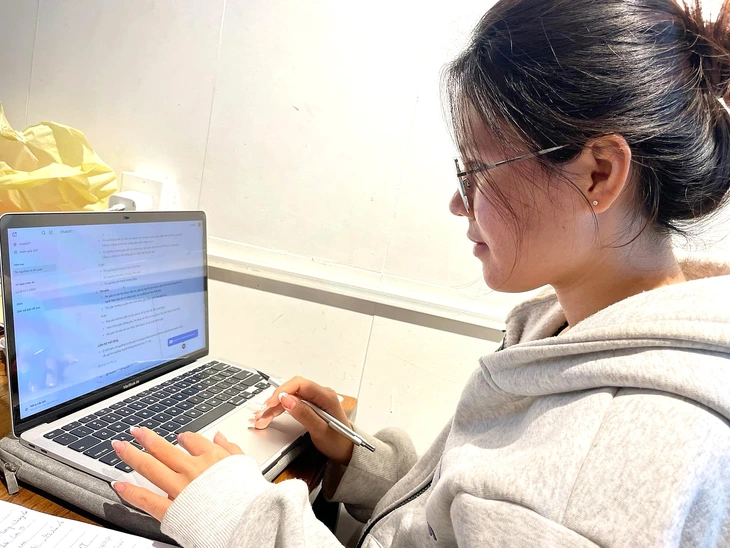












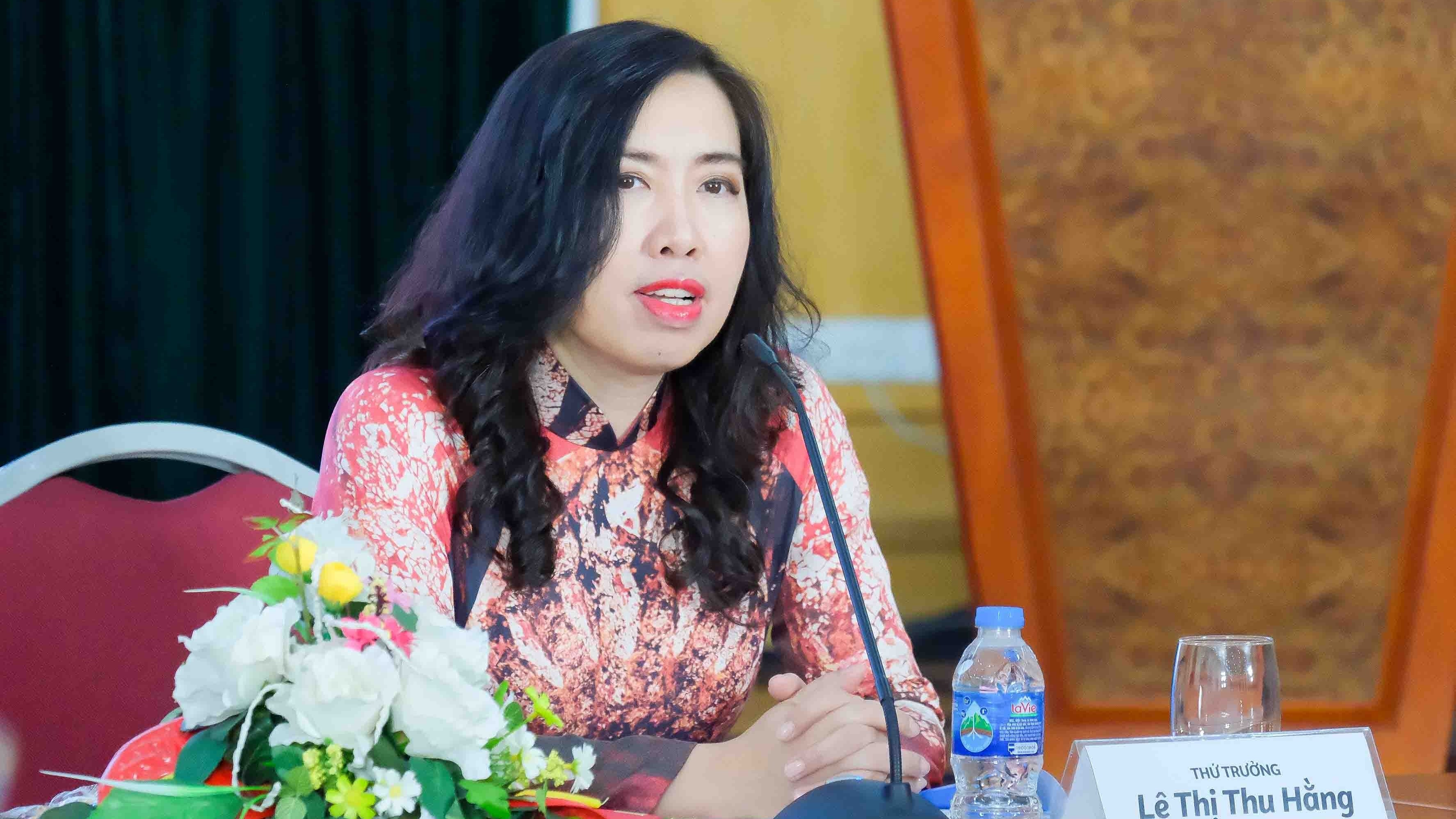
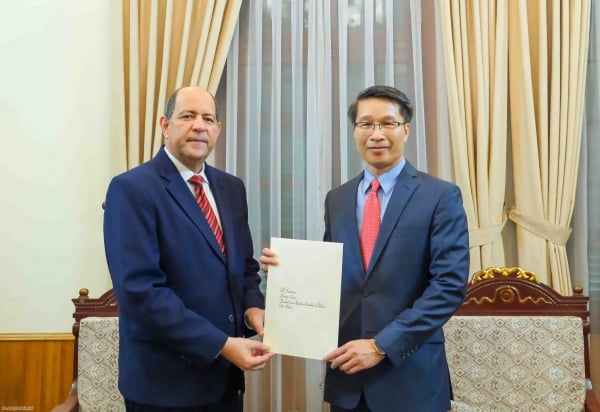
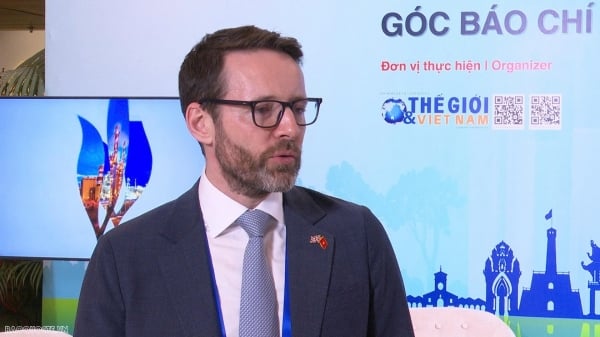



































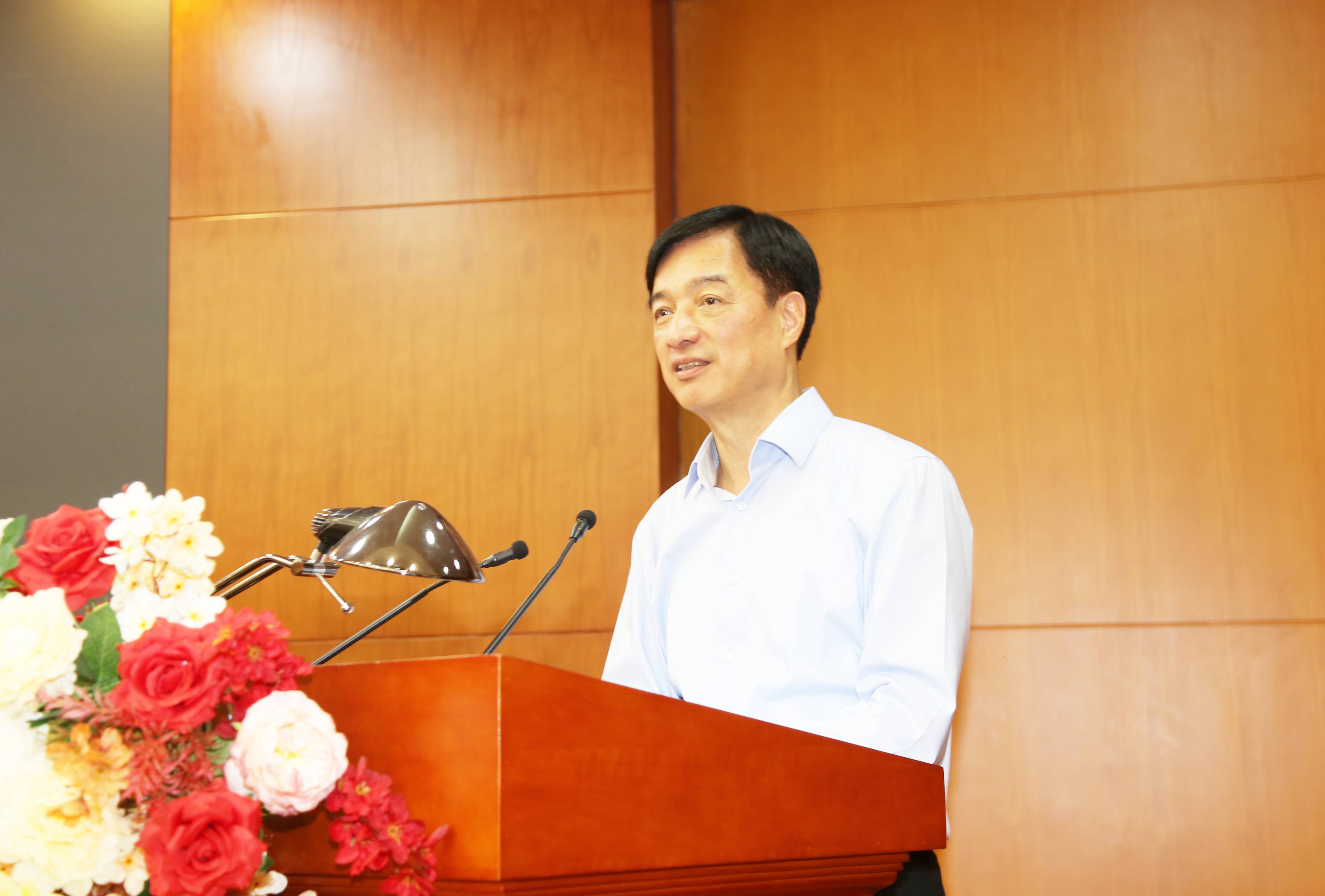




























Comment (0)